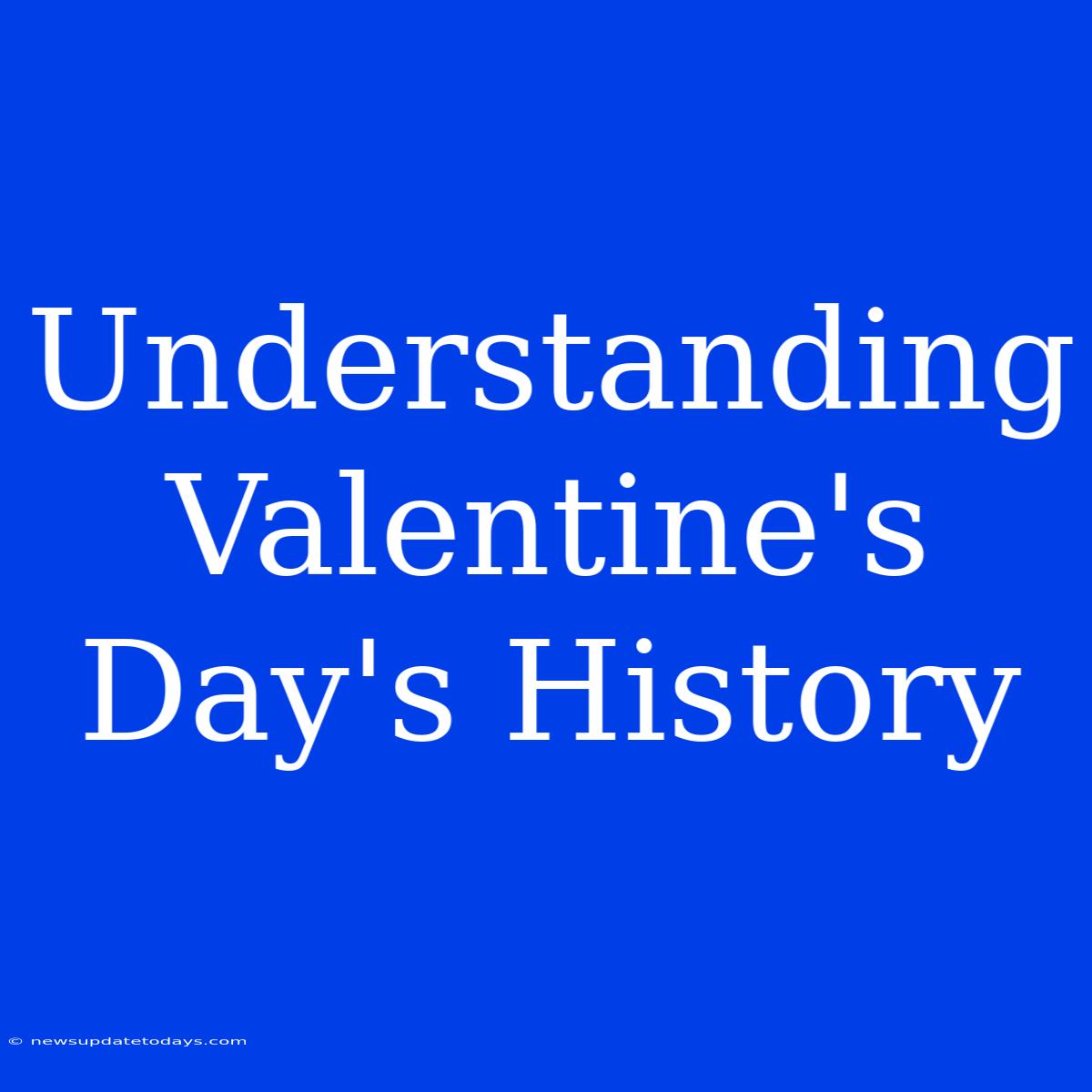Unraveling the Mystery: A Deep Dive into Valentine's Day History
Valentine's Day. The day of hearts, flowers, and chocolates. But how much do you really know about its origins? Beyond the commercialized celebrations, lies a fascinating and surprisingly complex history. This article delves into the origins of Valentine's Day, exploring the myths, legends, and historical evidence to uncover the truth behind this beloved holiday.
The Many Valentines: Separating Fact from Fiction
The origins of Valentine's Day aren't tied to a single, clear-cut historical figure. Instead, several "Valentines" are associated with the holiday, each with their own legend, making the true history a captivating puzzle.
Myth 1: The Roman Saint Valentine(s): The most prevalent theory links Valentine's Day to one or more early Christian martyrs named Valentine. These saints, who lived in the 3rd century AD during the reign of Emperor Claudius II, were said to have been executed for their Christian faith and possibly for performing secret marriages for Roman soldiers, forbidden by Claudius. The exact details of their lives and deaths remain shrouded in mystery, and several saints named Valentine were martyred around the same time, further confusing the matter.
Myth 2: Lupercalia: A Pagan Influence? Some scholars suggest that Valentine's Day's roots might lie in the ancient Roman festival of Lupercalia, a fertility festival celebrated in mid-February. This festival involved rituals, animal sacrifices, and a lottery that paired men and women for the year. Whether there's a direct connection to the Christian celebrations remains a subject of debate.
The Evolution of Valentine's Day Traditions
Regardless of its exact origins, Valentine's Day as we know it gradually evolved over centuries. While the association with romantic love is widely accepted now, this wasn't always the case.
Medieval Times: By the 14th century, Valentine's Day became associated with courtly love and romantic poetry. Geoffrey Chaucer's "Parliament of Foules" (1382) mentions Valentine's Day as a time for birds to choose their mates, further solidifying the connection with romance. The exchange of love letters and poems became a popular tradition among the aristocratic classes.
The Printing Press and Mass Production: The invention of the printing press in the 15th century played a crucial role in the spread of Valentine's Day traditions. Printed cards and messages became more affordable and accessible, gradually transforming Valentine's Day into a more widespread celebration.
Modern Commercialization: The 19th and 20th centuries saw Valentine's Day transform into the commercially driven holiday we recognize today. Mass production of cards, chocolates, and other gifts fueled its growth, creating the modern Valentine's Day industry we see today.
Valentine's Day: Past, Present, and Future
The journey of Valentine's Day, from obscure martyred saints to a global commercial phenomenon, is a testament to its enduring appeal. While the true history may remain partially obscured by time and legend, its evolution reflects the enduring human need for connection, love, and celebration. The mysteries surrounding its origins only add to its enduring charm, ensuring its continued place in our cultural calendar. This year, as you celebrate Valentine's Day, take a moment to appreciate the rich and fascinating history behind this unique holiday.

